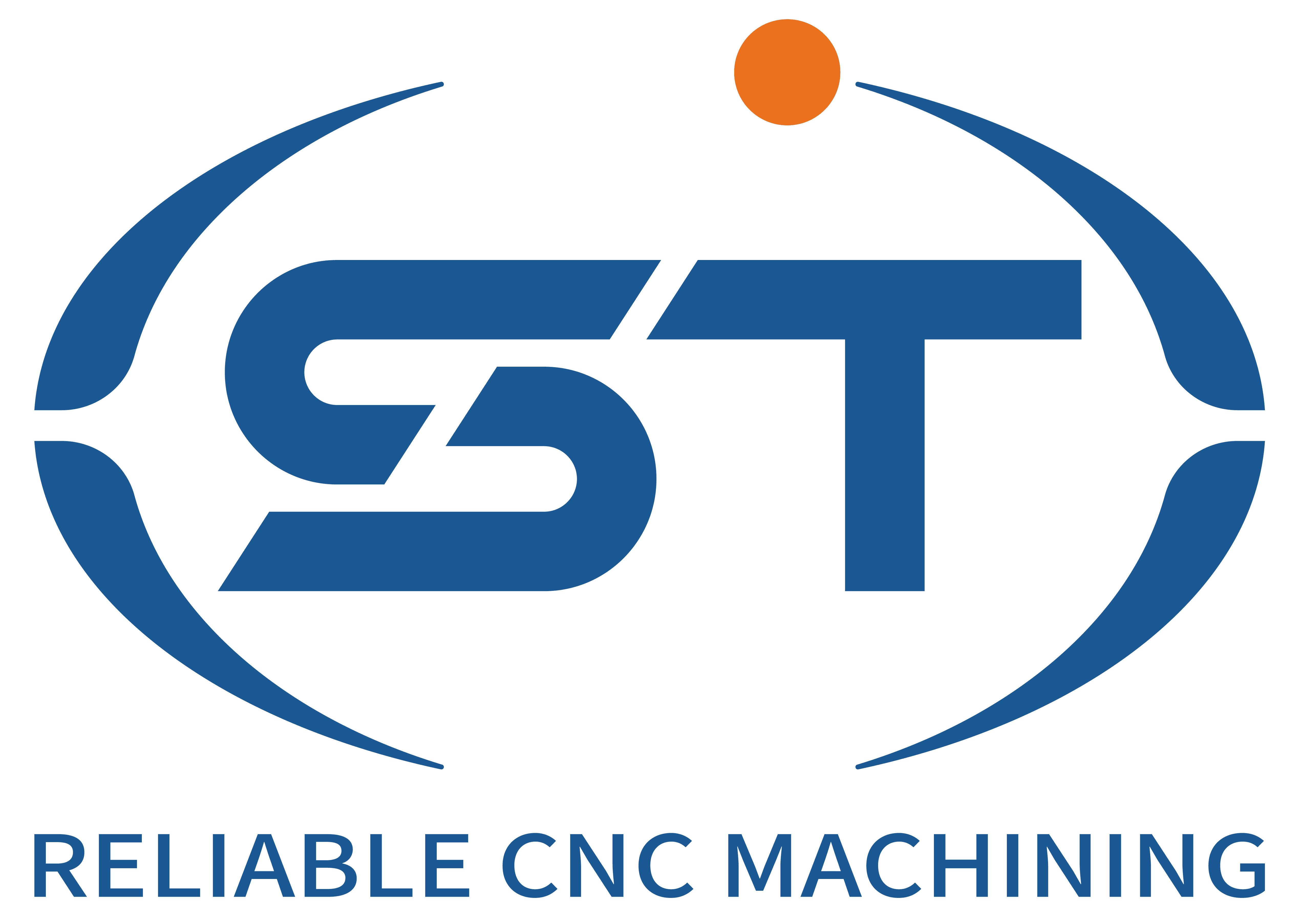Emerging Technologies Transforming Faites une demande maintenant ! in Automotive Component Manufacturing
The automotive industry’s rapid evolution—driven by electrification, connectivity, and sustainability goals—is pushing CNC machining into uncharted territory. New technologies are redefining precision, efficiency, and adaptability in the production of automotive components, from lightweight structural parts to high-performance electric powertrain elements. Below, we explore how innovations in automation, material science, and digital integration are shaping the future of automotive CNC machining.
Table of Contents
ToggleAI-Powered Optimization for Real-Time Process Control
Artificial intelligence (AI) is emerging as a game-changer in CNC machining, enabling unprecedented levels of process optimization. By analyzing vast datasets from sensors embedded in CNC machines, AI algorithms can predict tool wear, adjust cutting parameters dynamically, and detect anomalies before they lead to defects. For instance, an AI system might identify subtle vibrations during the machining of an aluminum engine block and automatically modify spindle speed or feed rate to maintain surface finish quality, reducing scrap rates and rework.
Machine learning models are also being trained to optimize tool paths for complex geometries, such as those found in electric vehicle (EV) battery housings or hydrogen fuel cell components. These models evaluate millions of potential paths to minimize machining time while ensuring compliance with tight tolerances. As AI continues to evolve, it will enable CNC machines to operate with minimal human intervention, making them ideal for high-mix, low-volume production scenarios common in automotive customization.
Additive-Subtractive Hybrid Manufacturing for Complex Geometries
The integration of additive manufacturing (AM) with traditional CNC machining is opening doors to designs that were previously impossible or cost-prohibitive. Hybrid systems combine 3D printing’s ability to create intricate internal structures with CNC’s precision in finishing operations. For example, a lightweight lattice structure for a vehicle’s chassis could be printed layer by layer and then machined to achieve the exact surface roughness and dimensional accuracy required for assembly.
This approach is particularly valuable for automotive components subjected to extreme stresses, such as suspension parts or transmission casings. By strategically adding material in high-load areas and removing it elsewhere, manufacturers can optimize weight distribution without compromising strength. Hybrid manufacturing also reduces lead times by eliminating the need for multiple setups and fixtures, as the same machine can handle both additive and subtractive processes.
Advanced Sensing and IoT for Predictive Maintenance
The Internet of Things (IoT) is transforming CNC machines into intelligent nodes within connected factories. Sensors attached to spindles, tool holders, and coolant systems continuously collect data on temperature, vibration, and acoustic emissions. When integrated with cloud-based analytics platforms, this data enables predictive maintenance, alerting operators to potential equipment failures before they occur. For instance, a sudden increase in spindle vibration during the machining of a steel gear might trigger an alert to replace a worn bearing, preventing costly downtime.
IoT connectivity also facilitates remote monitoring and troubleshooting. A technician in one region can diagnose issues with a CNC machine located halfway across the world, reducing the need for on-site visits. This capability is critical for global automotive suppliers managing distributed production networks, as it ensures consistent quality and uptime across facilities.
Digital Twins for Virtual Prototyping and Validation
Digital twin technology is revolutionizing how automotive components are designed and validated before physical production begins. A digital twin is a virtual replica of a CNC-machined part, incorporating its geometry, material properties, and manufacturing process parameters. Engineers use these twins to simulate machining operations, testing different cutting strategies or tool selections in a risk-free environment. For example, a digital twin of a titanium exhaust manifold could reveal that a proposed tool path would generate excessive heat, leading to warping—prompting a design adjustment early in the development cycle.
Digital twins also support collaboration across teams and geographies. Designers, machinists, and quality engineers can interact with the same virtual model, ensuring alignment on specifications and reducing miscommunication. As automotive components become more complex, digital twins will play an increasingly vital role in accelerating time-to-market while maintaining precision.
Nanotechnology for Enhanced Surface Properties
Nanotechnology is introducing new possibilities for improving the performance of CNC-machined automotive components. By applying nano-coatings to cutting tools, manufacturers can extend tool life and reduce friction during machining, enabling higher cutting speeds without sacrificing surface quality. For instance, a nano-coated carbide end mill might machine a composite brake rotor with less heat generation, preventing delamination and improving part integrity.
Nanomaterials are also being incorporated directly into automotive components to enhance their properties. A CNC-machined aluminum engine block, for example, could be treated with a nanoscale ceramic coating to improve thermal conductivity and wear resistance, extending its service life in high-performance applications. As nanotechnology matures, its applications in CNC machining will expand, offering manufacturers new ways to differentiate their products in competitive markets.
The convergence of these technologies is positioning CNC machining at the heart of automotive innovation. By embracing AI, hybrid manufacturing, IoT, digital twins, and nanotechnology, manufacturers can overcome traditional limitations in precision, speed, and material usage. As the industry continues to evolve, those who leverage these emerging tools will lead the charge in producing lighter, stronger, and more sustainable automotive components for the next generation of vehicles.




